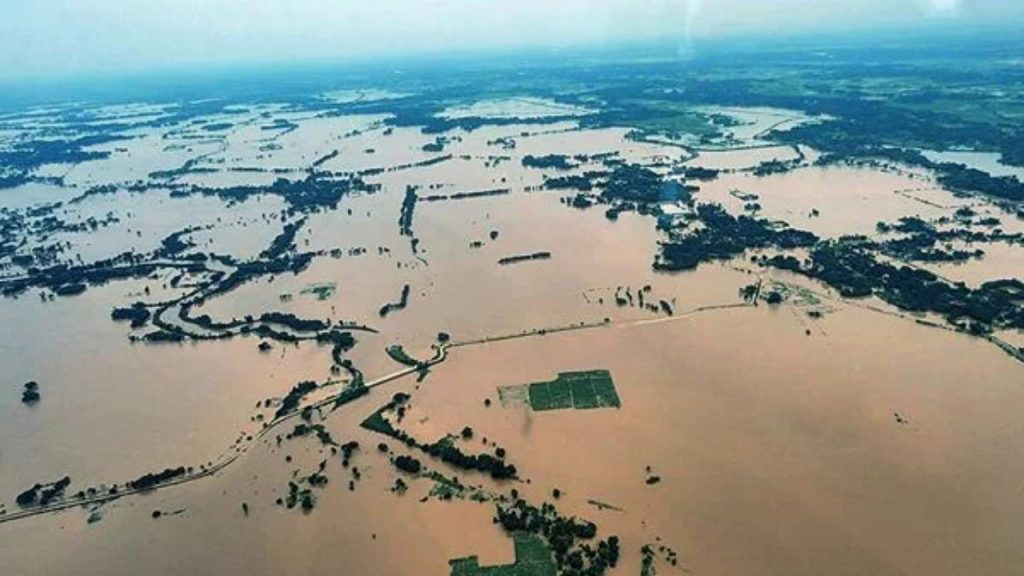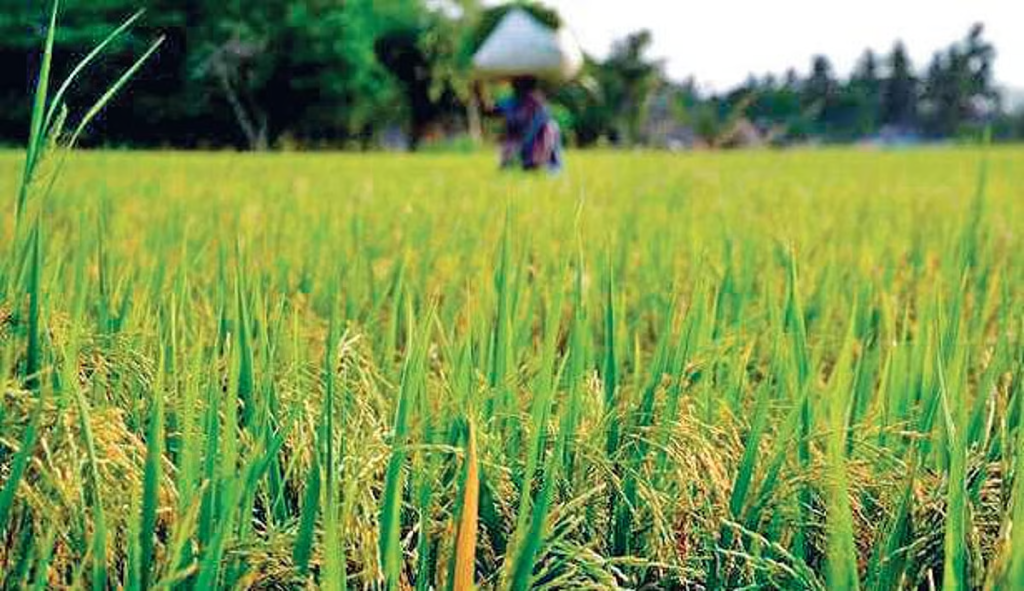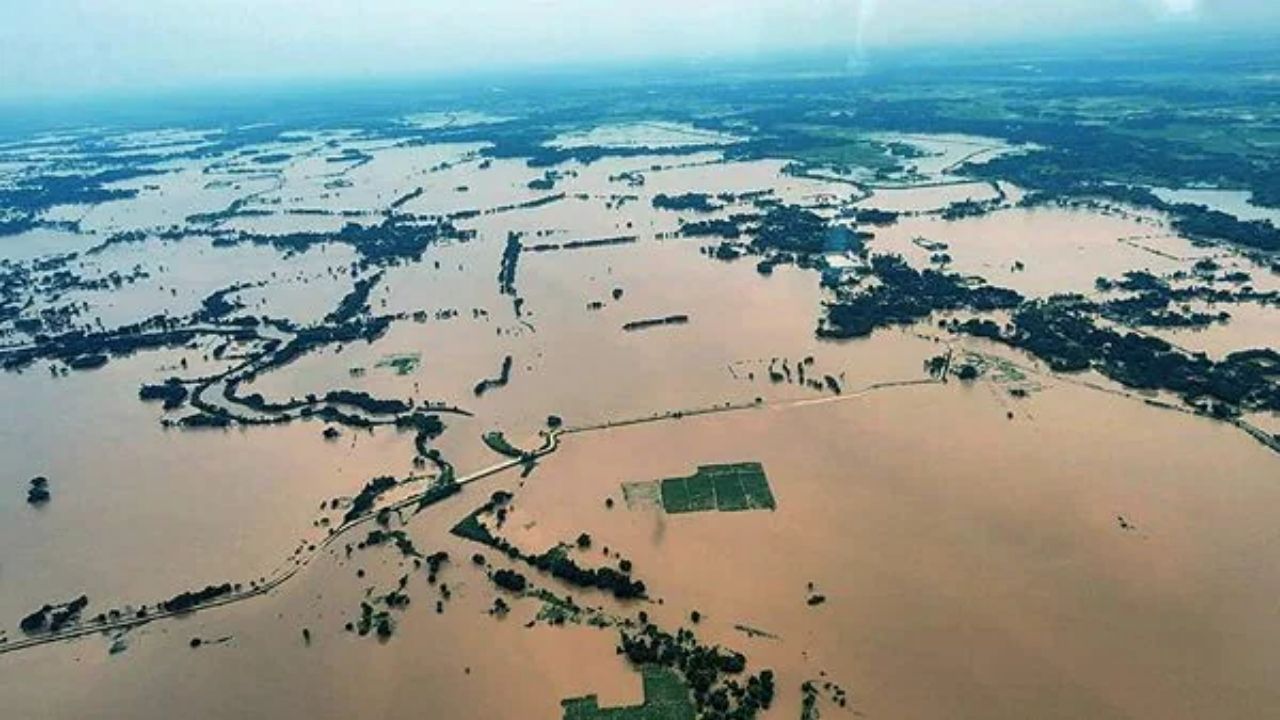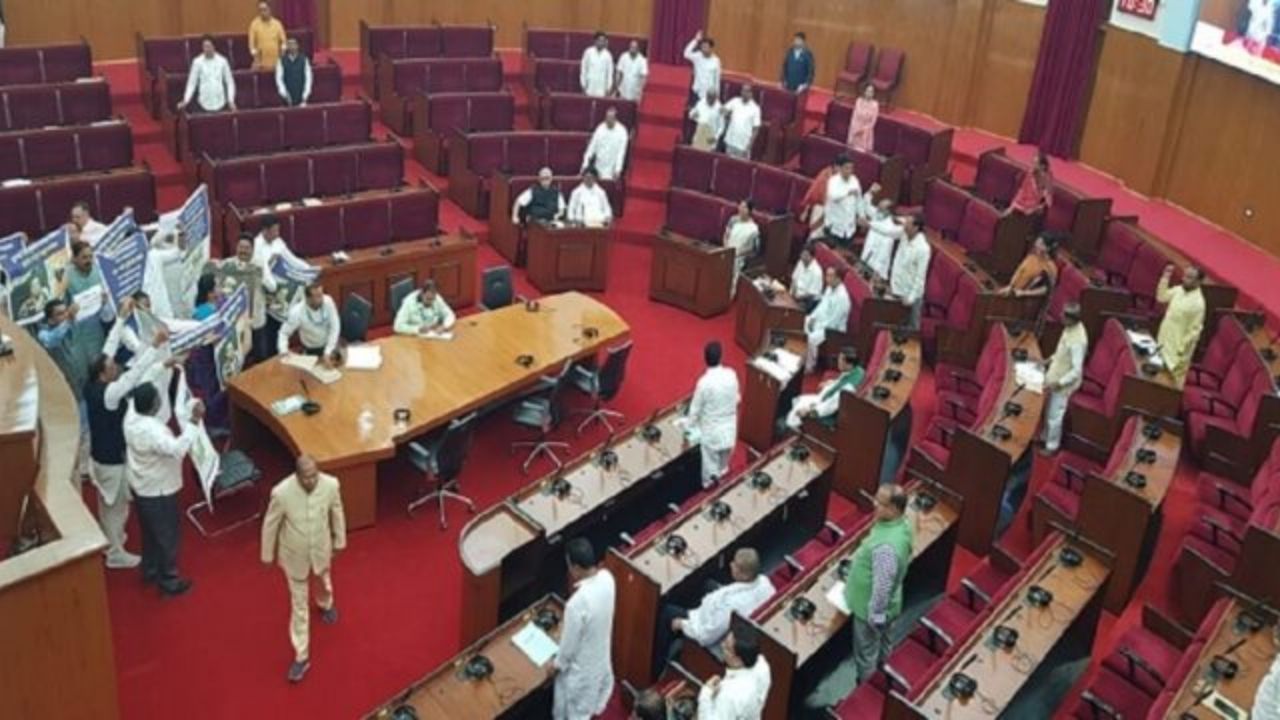When it comes to the farming cycle in India, few things have as much impact as the monsoon rains. For Odisha, the Kharif season has been a mixed bag this year, with a surprising twist that could change the way people approach their farming schedules and flood preparation. Kharif, the summer harvest season, is a critical time for farmers across the country. This year, however, Odisha has seen 15% more rainfall than expected, putting both crops and people at risk of flooding.
While the excess rainfall might seem like a blessing for agriculture at first glance, it brings with it a series of complications. For starters, the extra water means that the soil is saturated, which could lead to waterlogging and crop damage. On the other hand, increased rainfall also raises concerns about flood risks, especially in the northern districts of the state. This article will break down how this unusual rainfall pattern could affect the farming community, the people living in flood-prone areas, and the response from local authorities.

We’ll also look at how climate change might play a role in these changing weather patterns, what farmers can do to protect their crops, and how citizens can stay informed and prepared. With expert insights, we aim to help you understand the intricacies of the situation in Odisha, while providing tips and advice on how to handle the challenges ahead.
Odisha’s Kharif Season Sees 15% More Rainfall Than Expected
| Topic | Details |
|---|---|
| Rainfall in Odisha | 15% more rainfall than expected in the 2025 Kharif season, totaling 591.8 mm compared to 515 mm. |
| Impact on Sowing | Excess rainfall has supported timely sowing across 26.75 lakh hectares of land. |
| Flood Risk | Rivers like Subarnarekha, Jalaka, and Baitarani are at danger levels, causing potential flooding. |
| Affected Areas | Balasore, Keonjhar, Mayurbhanj districts severely impacted by floods, with thousands displaced. |
| Government Response | Odisha Disaster Rapid Action Force (ODRAF) and other agencies involved in relief and rescue operations. |
| Weather Warnings | IMD warns of more heavy rainfall due to a low-pressure system in the Bay of Bengal. |
| Crop Damage | Standing crops at risk due to continuous rainfall and potential flooding. |
| Emergency Measures | Authorities focusing on providing drinking water, preventing disease outbreaks, and conducting damage assessments. |
For more on Odisha’s disaster response and relief efforts, click here.
Odisha’s Kharif season in 2025 has brought more rain than expected, with 15% excess rainfall raising serious concerns about both agriculture and flood risks. While the rain has helped crops in some areas, it has also increased the likelihood of flooding, especially in northern districts. Local authorities and farmers must work together to manage the impacts of excess rainfall and protect both crops and communities from the damage caused by these extreme weather events.
As we face climate change, the unpredictability of weather patterns will continue to challenge both farmers and residents. However, with the right preparation and awareness, the damage can be minimized, and the resilience of the community can be strengthened.
The Kharif Season and Odisha’s Agriculture
The Kharif season in India is a time when farmers begin sowing their crops, with the main crops being rice, maize, and pulses. For states like Odisha, where agriculture forms the backbone of the economy, the timing of rainfall is crucial. Adequate rainfall means better crop yields, but too much water can result in problems like crop damage, soil erosion, and flooding.
This year, however, the situation is more complicated. Odisha has experienced 15% more rainfall than what was forecasted, totaling 591.8 mm compared to the expected 515 mm. While this may seem like a good thing for crops, especially for those reliant on the rains for irrigation, it can have negative consequences, too.
Excess rainfall leads to saturated soil, which doesn’t allow crops to grow properly. In areas where heavy rainfall is frequent, waterlogging can suffocate plant roots, causing crops like rice to drown. This can severely affect yields and lead to economic losses for farmers. Additionally, the flood risks in certain parts of the state, especially in northern districts like Balasore, Keonjhar, and Mayurbhanj, have risen significantly. Rivers like Subarnarekha, Jalaka, and Baitarani have surpassed danger levels, causing flooding in low-lying areas.

Practical Advice for Farmers
Farmers have long depended on the monsoon rains to nurture their crops, but this year’s unusual weather presents some unique challenges. For those in flood-prone areas, it’s essential to take proactive measures to protect crops and minimize damage.
- Soil Drainage and Flood Management
Farmers should focus on improving soil drainage by digging drainage channels around fields. This will help to divert excess water and prevent waterlogging. Raised beds or elevated fields can also be an effective strategy to keep crops above water levels. - Crop Protection
In flood-prone regions, farmers should consider growing flood-resistant varieties of crops like tolerant rice, which can survive brief submergence. Additionally, early sowing before heavy rains arrive can allow crops to mature before the peak of the rainy season. - Preparation for Future Floods
In the case of recurrent floods, farmers can consider alternative cropping patterns, such as switching to short-duration crops or crops that thrive in waterlogged conditions.
Impact on Local Communities and Flood Response
For local communities, particularly those in flood-prone areas, the consequences of increased rainfall can be devastating. In Balasore, over 18,000 people have been affected by floods, with thousands more in need of assistance. To mitigate the effects of the floods, the Odisha Disaster Rapid Action Force (ODRAF) and other rescue operations are in full swing, providing aid, evacuations, and relief supplies.
Floods can lead to water contamination and pose significant health risks. During such times, the government focuses on distributing clean drinking water and preventing the outbreak of waterborne diseases. It’s crucial for residents to follow safety protocols, such as using water purifiers and avoiding floodwaters to reduce health risks.
Ongoing Weather Conditions: What to Expect
The India Meteorological Department (IMD) has issued weather warnings for more extreme rainfall, particularly in Balasore, Bhadrak, Mayurbhanj, and Keonjhar districts. A low-pressure system has formed over the north Bay of Bengal and is expected to intensify into a depression. This could lead to more rainfall, exacerbating the already precarious situation in flood-prone areas.
For farmers, this means staying informed and monitoring the weather forecasts regularly. Having emergency plans in place for evacuations or crop protection could make all the difference.
The Role of Climate Change in Extreme Weather
The weather patterns we’re witnessing today aren’t just a coincidence – they’re part of a larger trend. Climate change is affecting weather patterns around the world, causing shifts in precipitation, temperature, and storm frequency. In Odisha, this could mean more intense rainfall events during the monsoon season and unpredictable flooding in areas that were previously less vulnerable.
Farmers need to adapt by adopting climate-resilient farming techniques, which include diversifying crops, improving water management, and using climate prediction tools to better forecast the weather.
Threat of Flooding Intensifies in Odisha as Jalaka, Baitarani Rivers Surpass Danger Levels
FAQs
Q1: How much rainfall was expected for Odisha’s Kharif season this year?
Odisha was forecasted to receive around 515 mm of rainfall for the Kharif season, but it received 591.8 mm, marking a 15% increase.
Q2: What are the biggest risks of excess rainfall for farmers?
Excess rainfall can cause waterlogging, drown crops, and lead to soil erosion, all of which can severely affect crop yields.
Q3: How can farmers protect their crops from flooding?
Farmers can build drainage channels, grow flood-resistant crops, and raise fields to protect their crops from floodwaters.
Q4: What should residents do to stay safe during floods?
Residents should avoid floodwaters, use water purification systems, and stay informed about evacuation plans and emergency relief efforts.
Q5: Is climate change contributing to the changing weather patterns in Odisha?
Yes, climate change is leading to more extreme weather events, including intense rainfall and flooding during the monsoon season.





